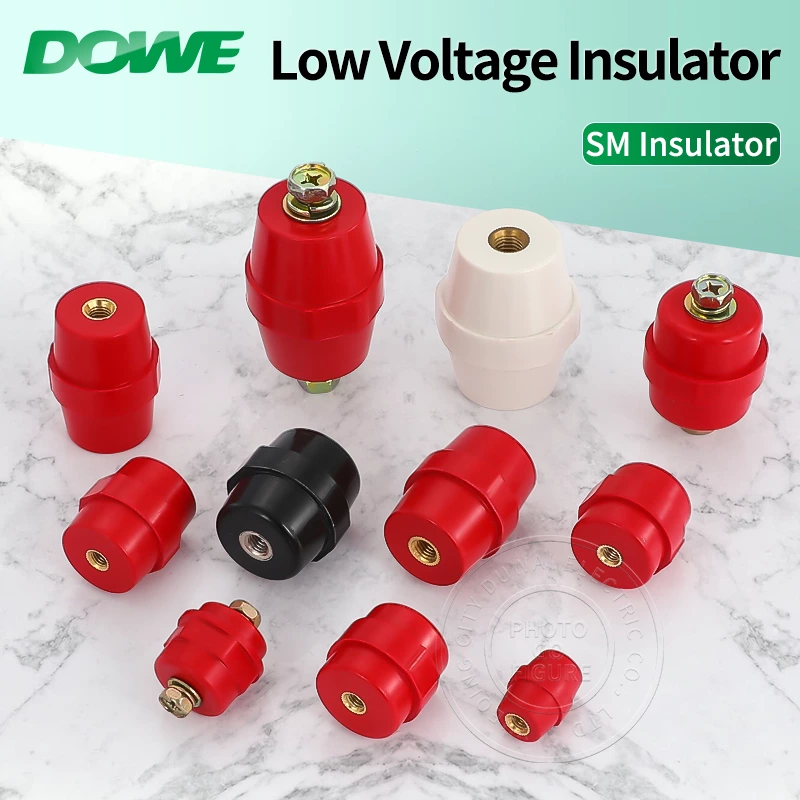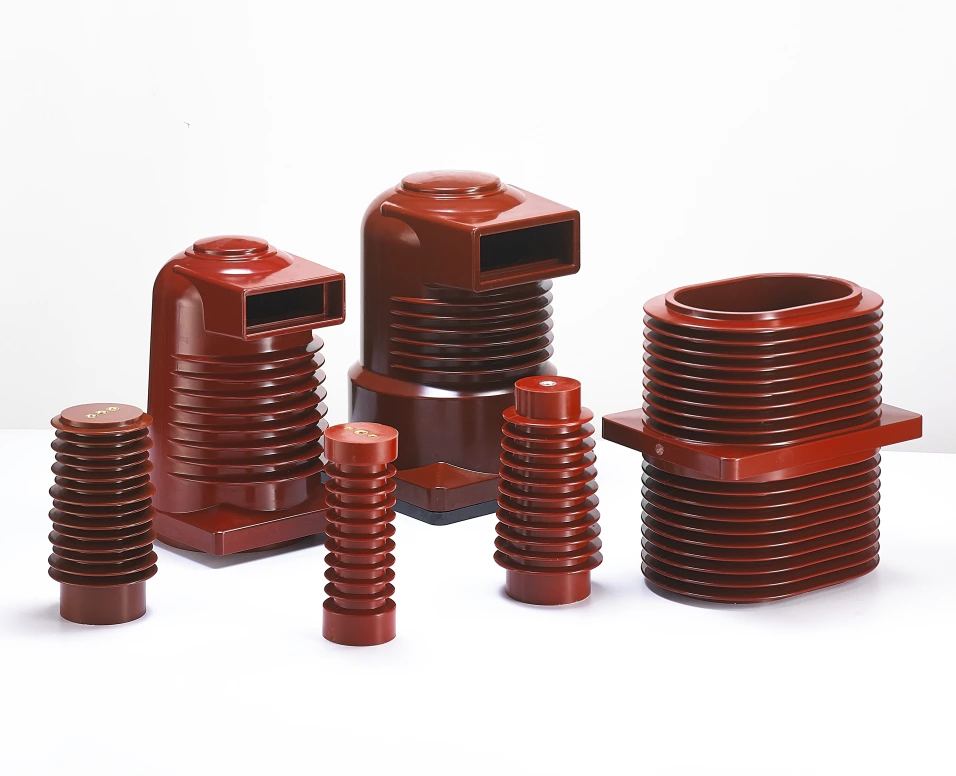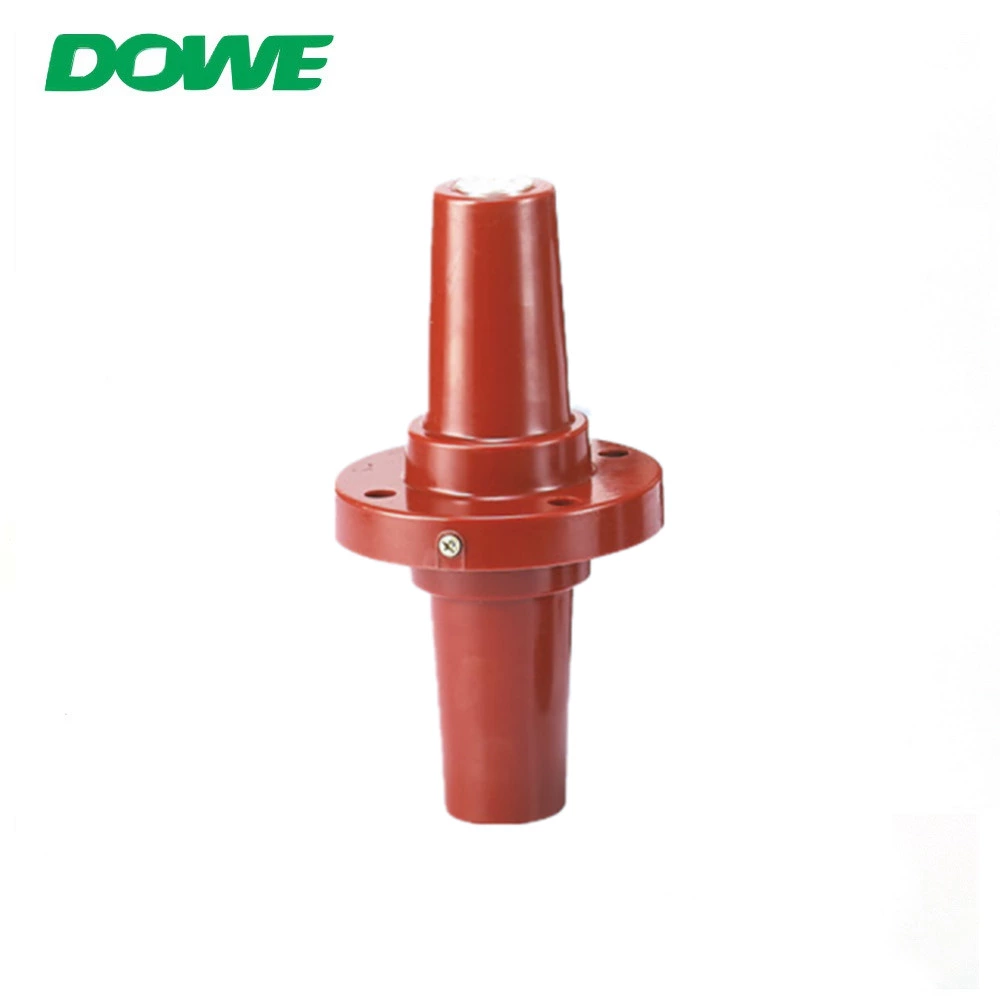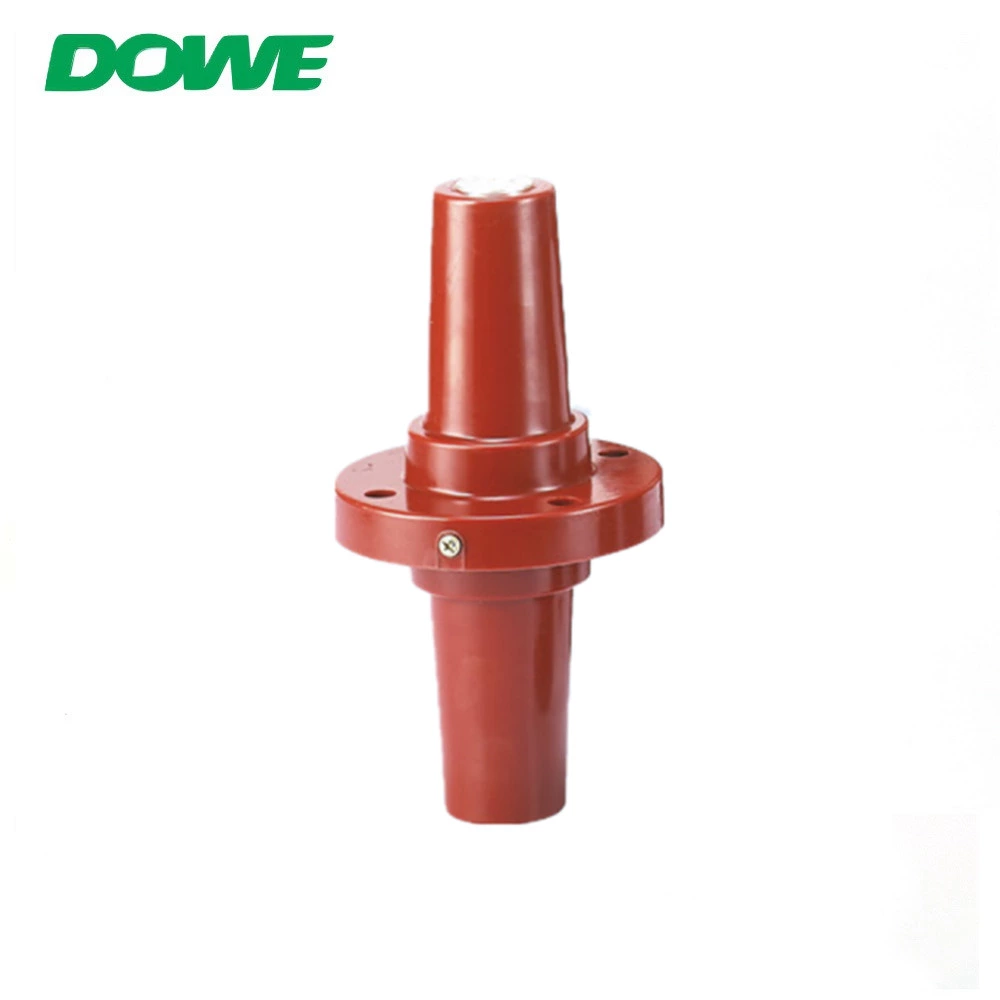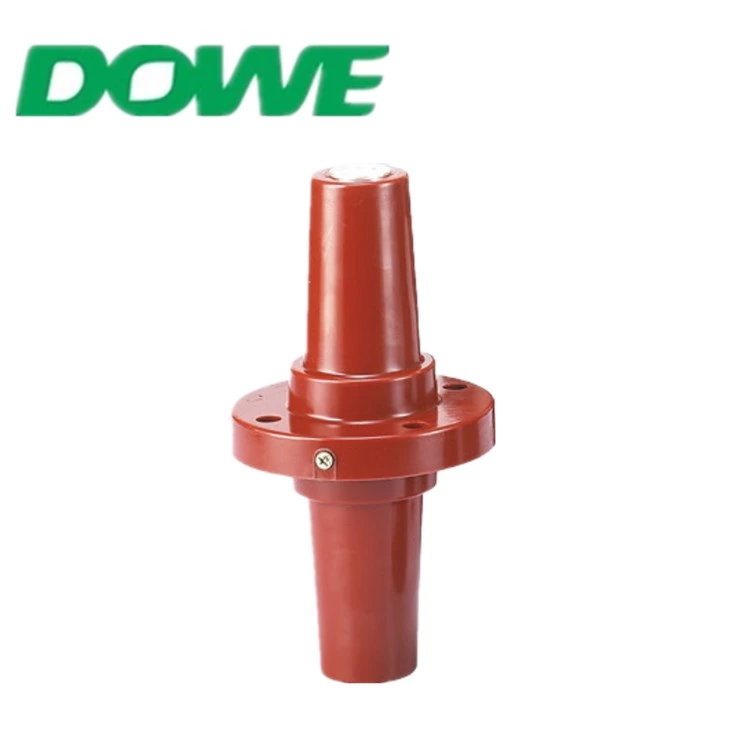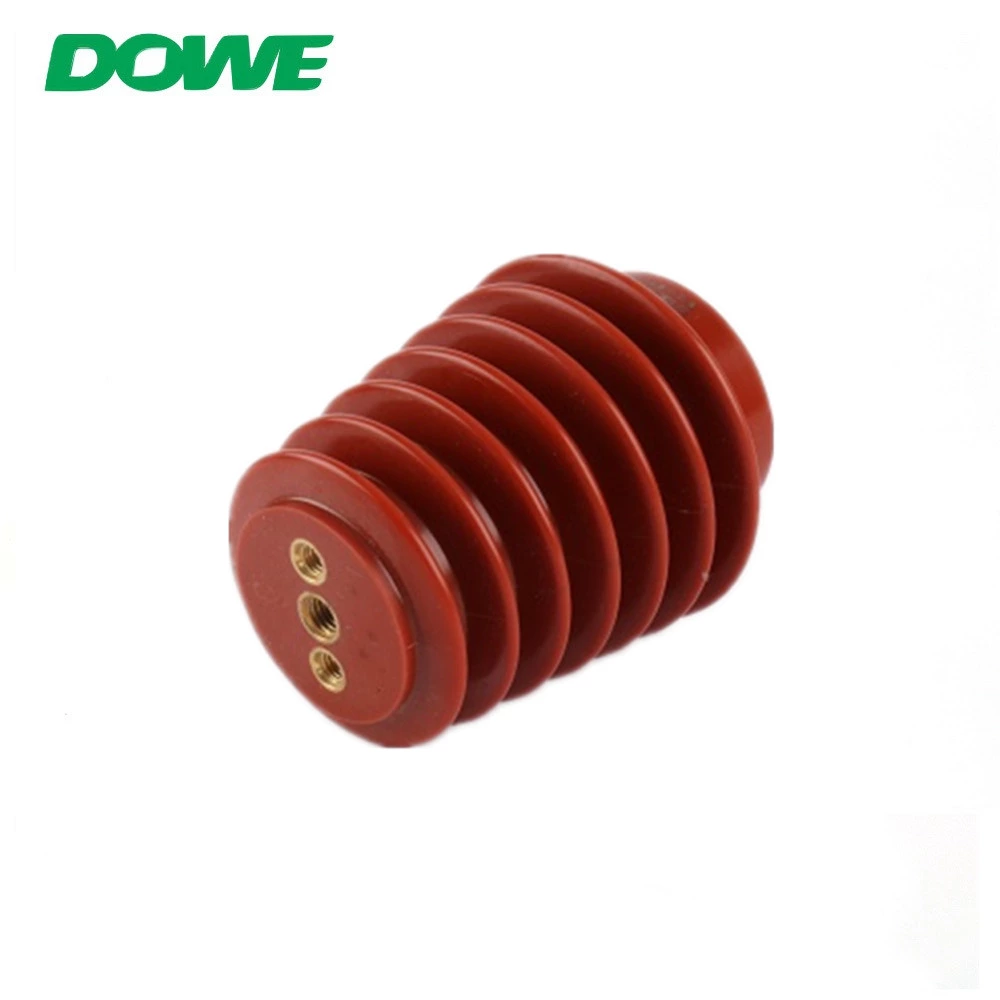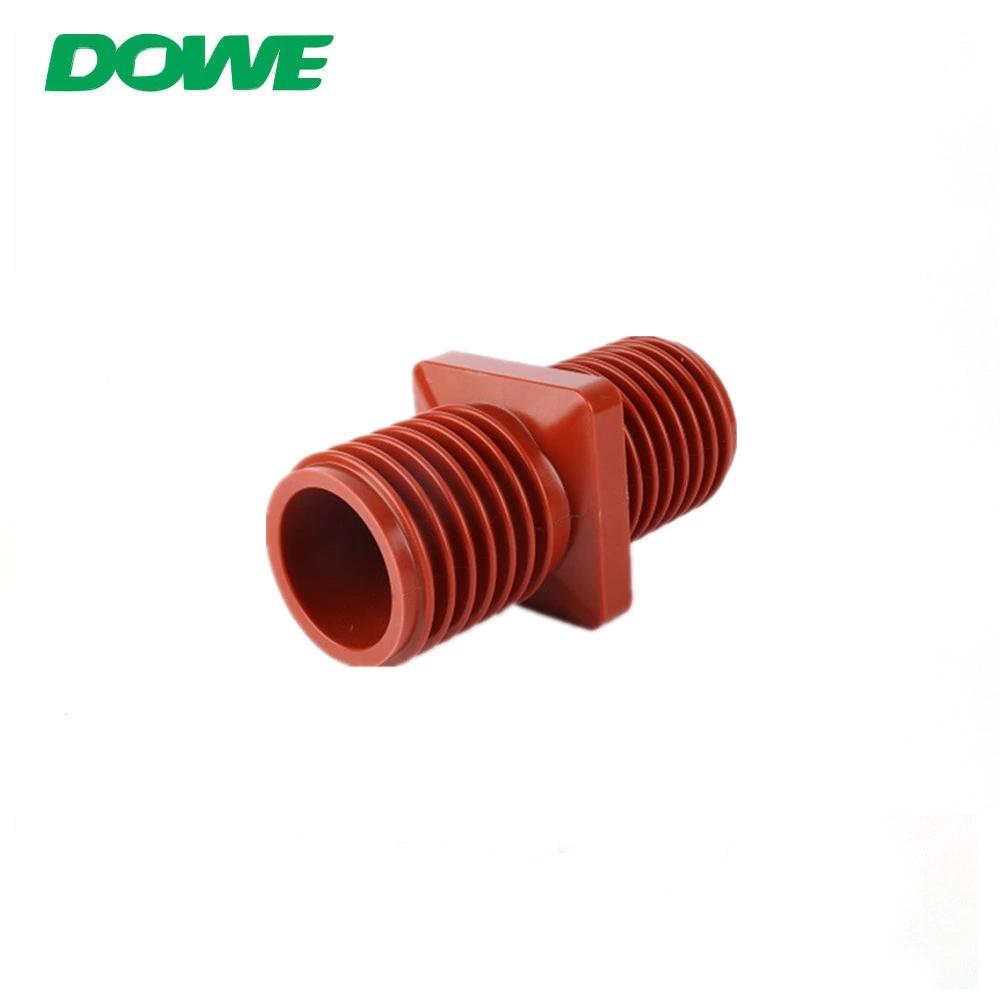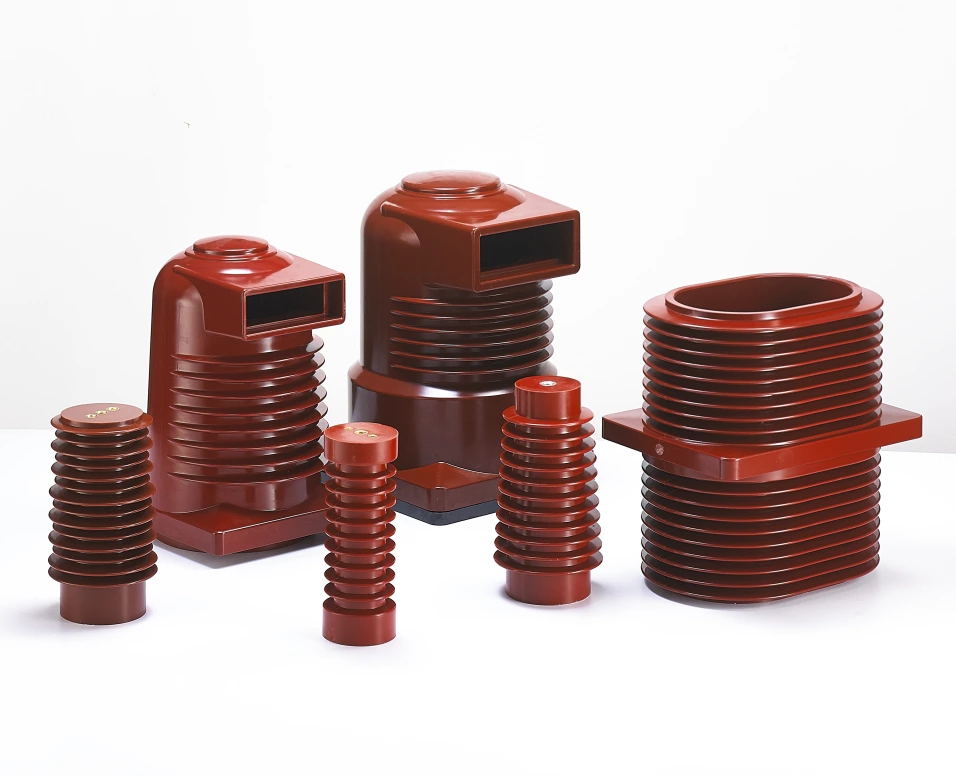7 things you should know about heat shrink tubing
Heat shrinkable tubes are not an important component in circuit design, but they play a role in protecting circuits and important components in circuits. However, only by selecting the heat shrink tube according to the appropriate size can the circuit be protected to the greatest extent.
Take PE heat shrink tubing as an example. The parameters are introduced separately.
1. Inner diameter
We know that the cross section of the casing is cylindrical, and the inner diameter is the inner diameter of the pipe wall, that is, the distance between the inner walls. We usually use the letter Φ to express it, because Φ is used to mark the diameter in engineering. Then it is followed by a number indicating the value of the inner diameter. If the unit is not written by default, it is MM millimeters, such as Φ6.
2. Wall thickness
The second parameter wall thickness refers to the thickness of the pipe wall, and the inner diameter reflects the size of the pipe. What does this wall thickness refer to? Intuitively speaking, it is the thickness of something. So what does thickness affect? We know that the function of heat shrink tube is insulation protection, so thickness affects the size of insulation protection. We all know that thick clothes will prevent cold and warmth. The effect of the heat shrinkable tube is great, and the thinner the clothes, the smaller the ability to keep out the cold. Therefore, the wall thickness of the heat shrinkable tube affects its protective ability. Therefore, in general, the thicker the heat shrinkable tube, the better its mechanical protection ability.
3. Shrinkage rate
Heat shrinkable tubes will shrink when heated, and only things that shrink will have this parameter. The shrinkage rate is sometimes called heat shrinkage rate, heat shrink ratio, etc. It refers to the diameter of the heat shrinkable tube at room temperature, such as Φ6 , the diameter after heating shrinkage is say Φ3, then the shrinkage rate we call is the ratio of the inner diameter of the heat shrinkable tube before shrinkage to the inner diameter after shrinkage, that is to say 6/3=2/1, this 2:1 It is the shrinkage rate of the casing. The shrinkage rate reflects the shrinkage ability of the heat shrinkable casing. The higher the shrinkage rate, the thinner the heat shrinkable casing will be after it is completely shrunk. If the heat shrinkable tube is Φ6 before shrinking and Φ2 after shrinking, and is only two millimeters in size, then its shrinkage ratio is 6:2, which is 3:1.
If it is 1.5mm after shrinkage, then the shrinkage rate is 4:1. Common shrinkage rates of heat shrinkable tubes are 2:1, 3:1, and 4:1; when it comes to shrinkage rate, we will continue to talk about the wall Thick, just like a cowhide band. When it is stretched, the wall thickness will become thinner. After retracting, the wall thickness will become thicker. After the same heat shrinkable tube shrinks, the wall thickness will also increase. For heat shrinkable tubes, it is more important. The wall thickness refers to the wall thickness of the heat shrink tube after shrinkage, because after shrinkage, our heat shrink tube is in a protective state under heavy working conditions. What we call the shrinkage rate of heat shrinkable tubes refers to the radial shrinkage rate, because in principle, for heat shrinkable tubes, longitudinal changes are theoretically not allowed.
4. Shrinkage temperature
On the surface, it is the temperature at which the heat shrinkable tube begins to shrink. We take the heat shrinkable tube and start heating it. When the heat shrinkable tube starts to react, it is the temperature at which the shrinkage reaction just begins. The shrinkage temperature of our general PE heat shrinkable sleeve is 84°C, and the shrinkage reaction begins. .
5. Final shrinkage temperature
It refers to the temperature at the end of shrinkage, which can make the heat shrinkable tube reach the temperature of complete shrinkage. For example, our heat shrinkable tube is heated to 84°C. It is not like a cowhide band. I only need to stretch it as far as possible, and when I let go, the cowhide The tendons immediately bounced back completely and returned to their original shape. Our heat shrink tubing is not like this. When it is heated to 84°C, it will not immediately return to its original shape like a cowhide band. The shrinkage of our heat shrink tubing is a gradual process. We heat the heat shrink tubing to 84°C. ℃, it just has a shrinkage reaction and cannot completely shrink the heat shrinkable tube. We must continue to heat it to the final shrinkage temperature, if it is 120℃, then it can be completely shrunk.
6. Working temperature
This temperature is an important parameter throughout the heat shrinkable tube. The operating temperature sometimes also refers to the rated temperature, which refers to the temperature at which the casing can work normally and continuously. The first two temperatures refer to the temperature at which the heat shrinkable tube can shrink during processing. , let’s take the Φ6 heat shrink tube as an example.
Slowly heat the heat shrinkable tube with a hot air gun. When the temperature begins to reach 84°C, the heat shrinkable tube begins to shrink, and then slowly shrinks to Φ5, Φ4. When the temperature reaches the final shrinkage temperature of 120°C, the heat shrinkable tube completely shrinks to Φ3 , shrink it tightly on the object, and then the process of processing and heating is over. Then install the component covered with heat shrink tube on the air conditioner, etc., and perform normal work. Its normal working environment, for example, when we set The normal working temperature of the tube is -55℃ to 125℃, because we know that many times the product will be sold to various places, and the environment in some places is relatively cold and some places are relatively hot, so it has a certain scope of application. Our The nominal temperature of the product indicates that it can be used normally at this temperature. Once the normal operating temperature is exceeded, the lifespan may not be guaranteed and the product may not work normally. The normal temperature we are talking about here means that the heat shrinkable tube can play a role. Insulation protection may not be effective if the temperature exceeds this temperature.
7. Color
Needless to say the color of the heat shrink tube, there are conventional ones to choose from.

